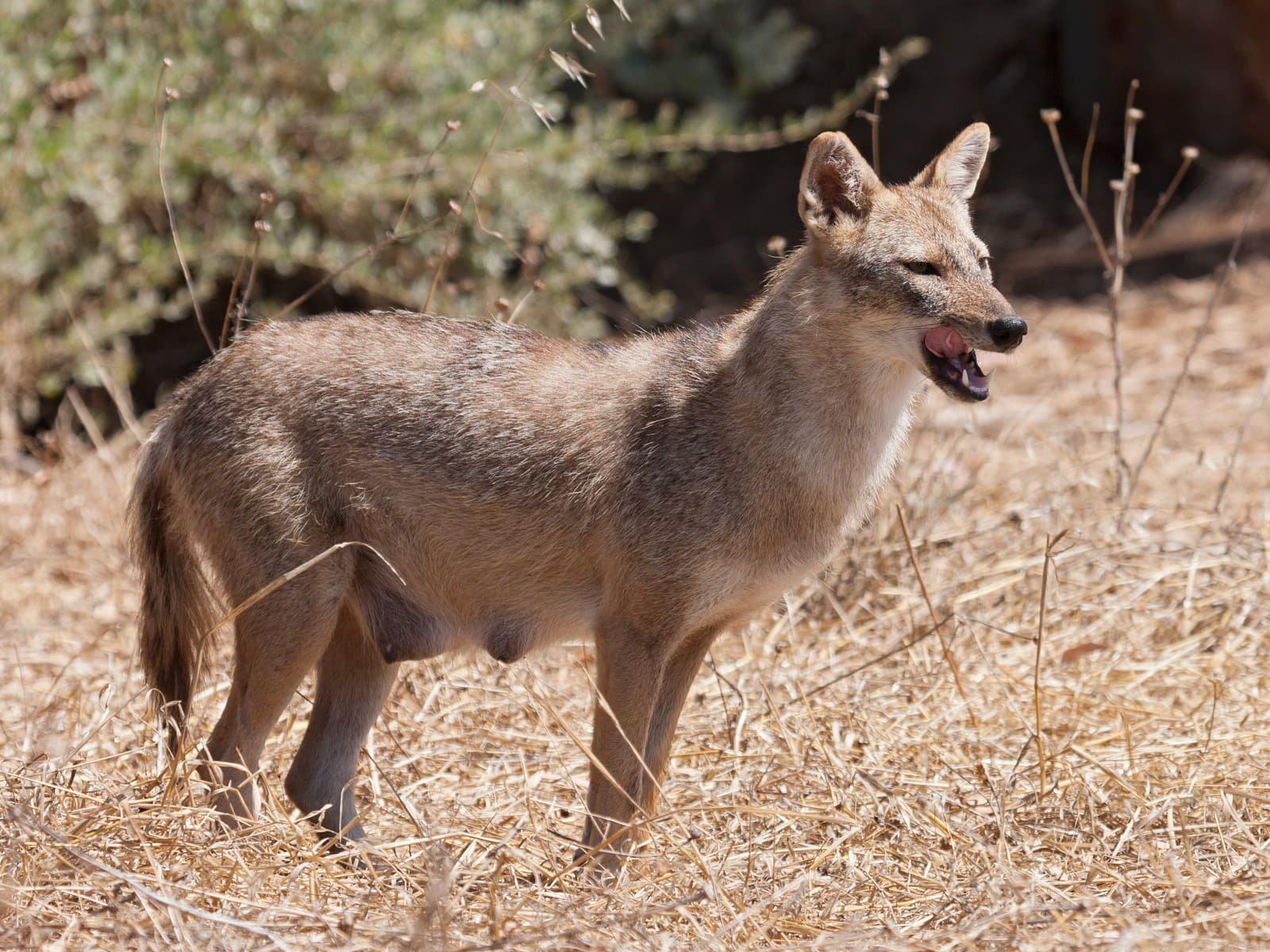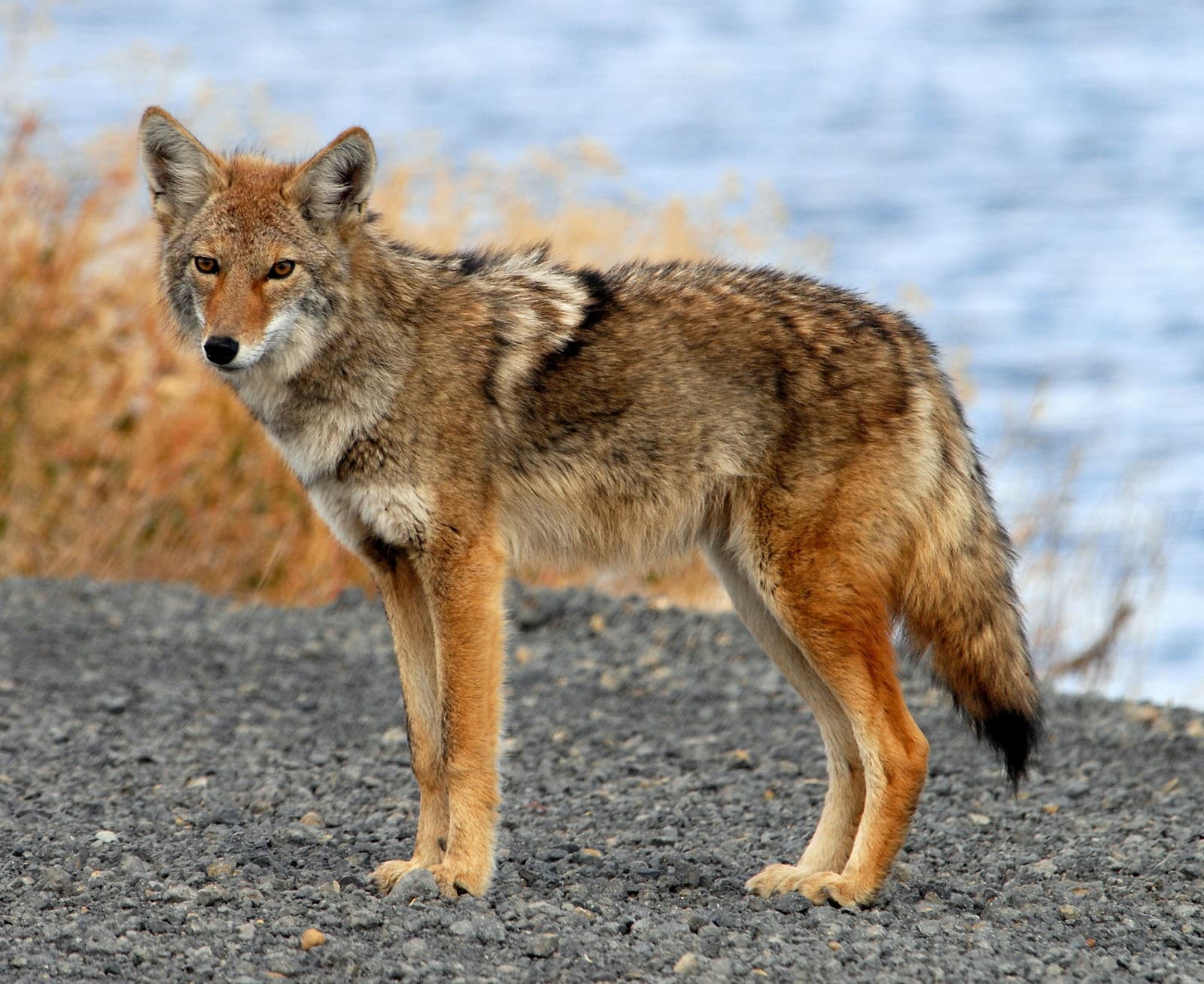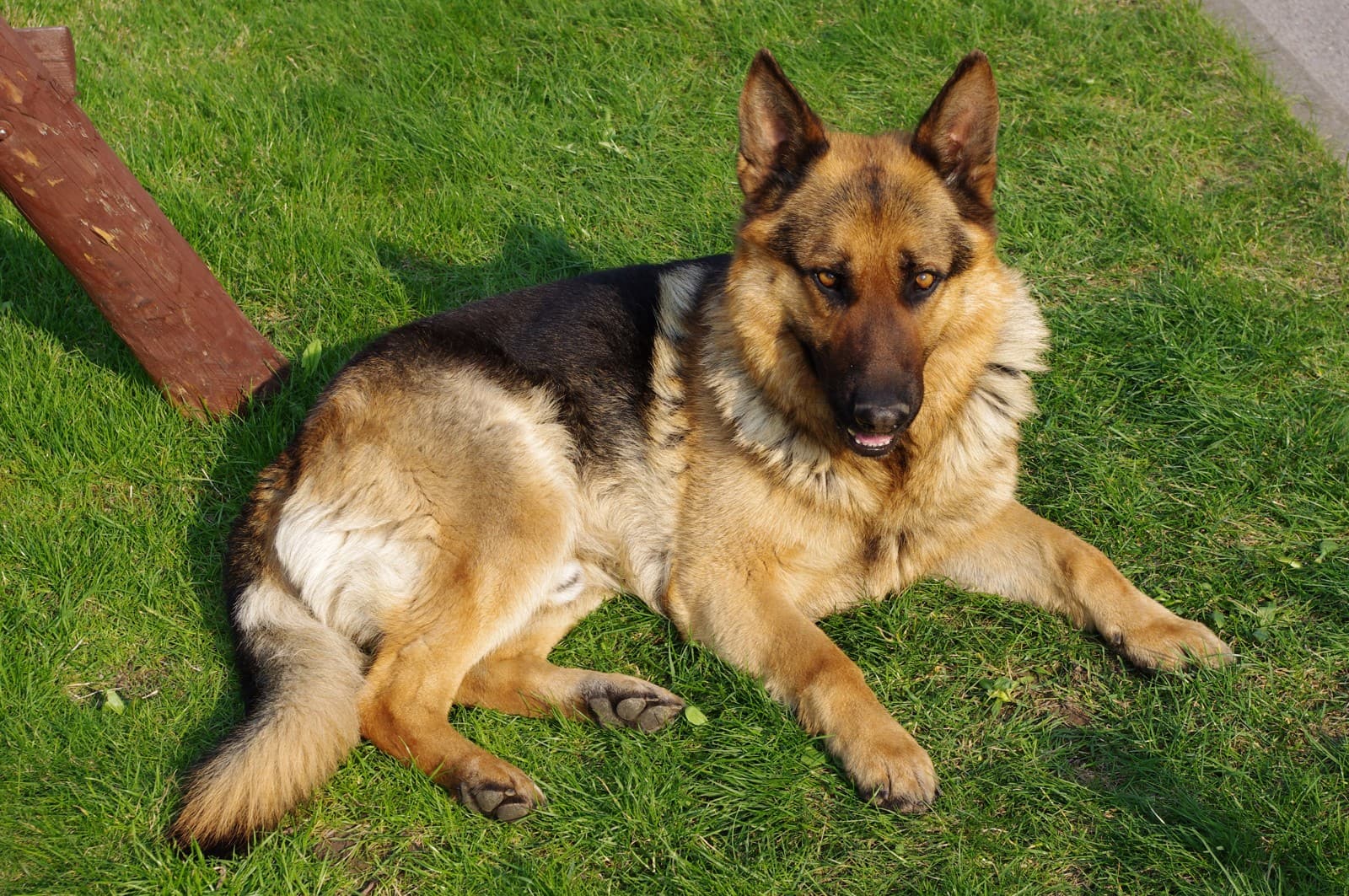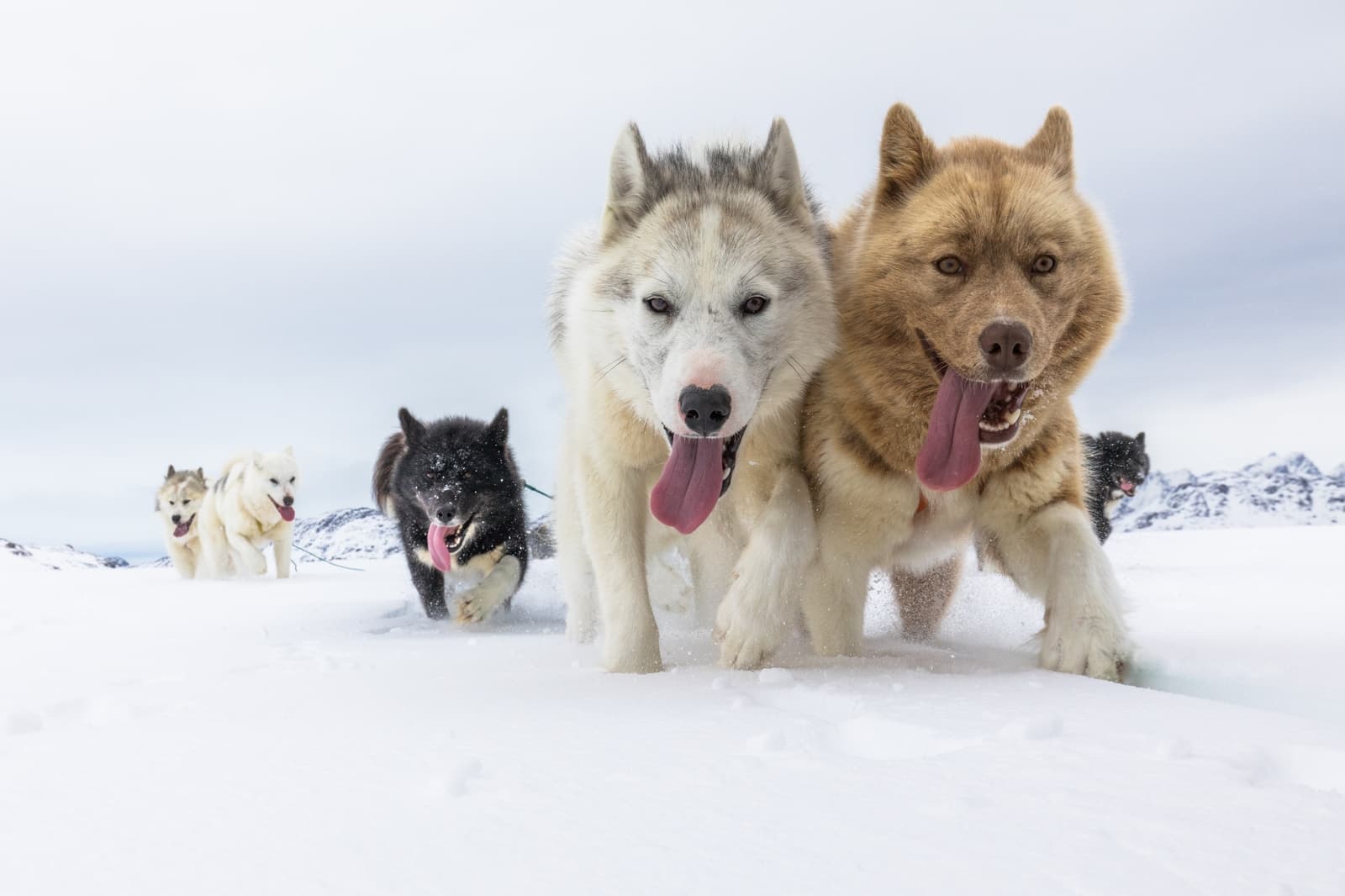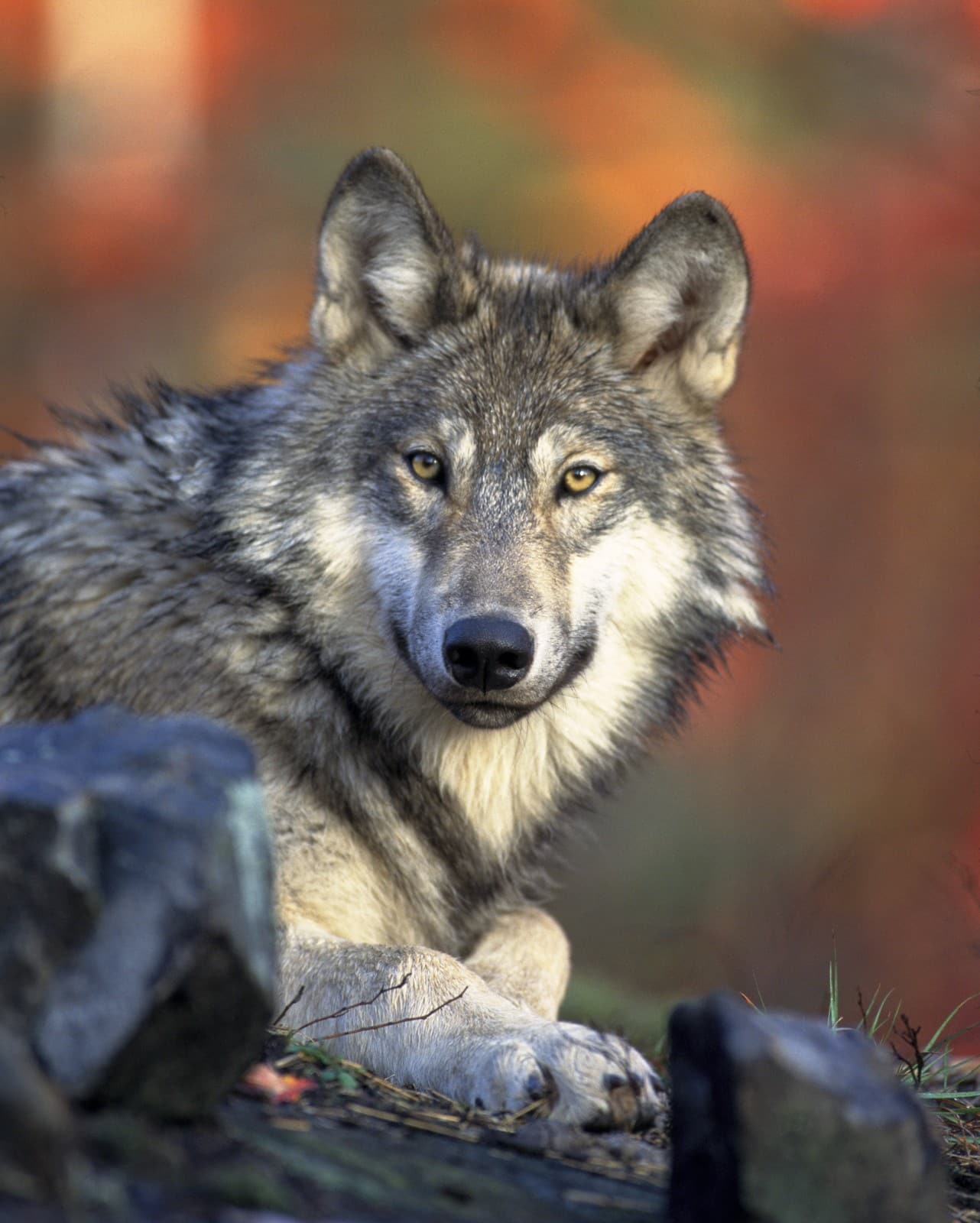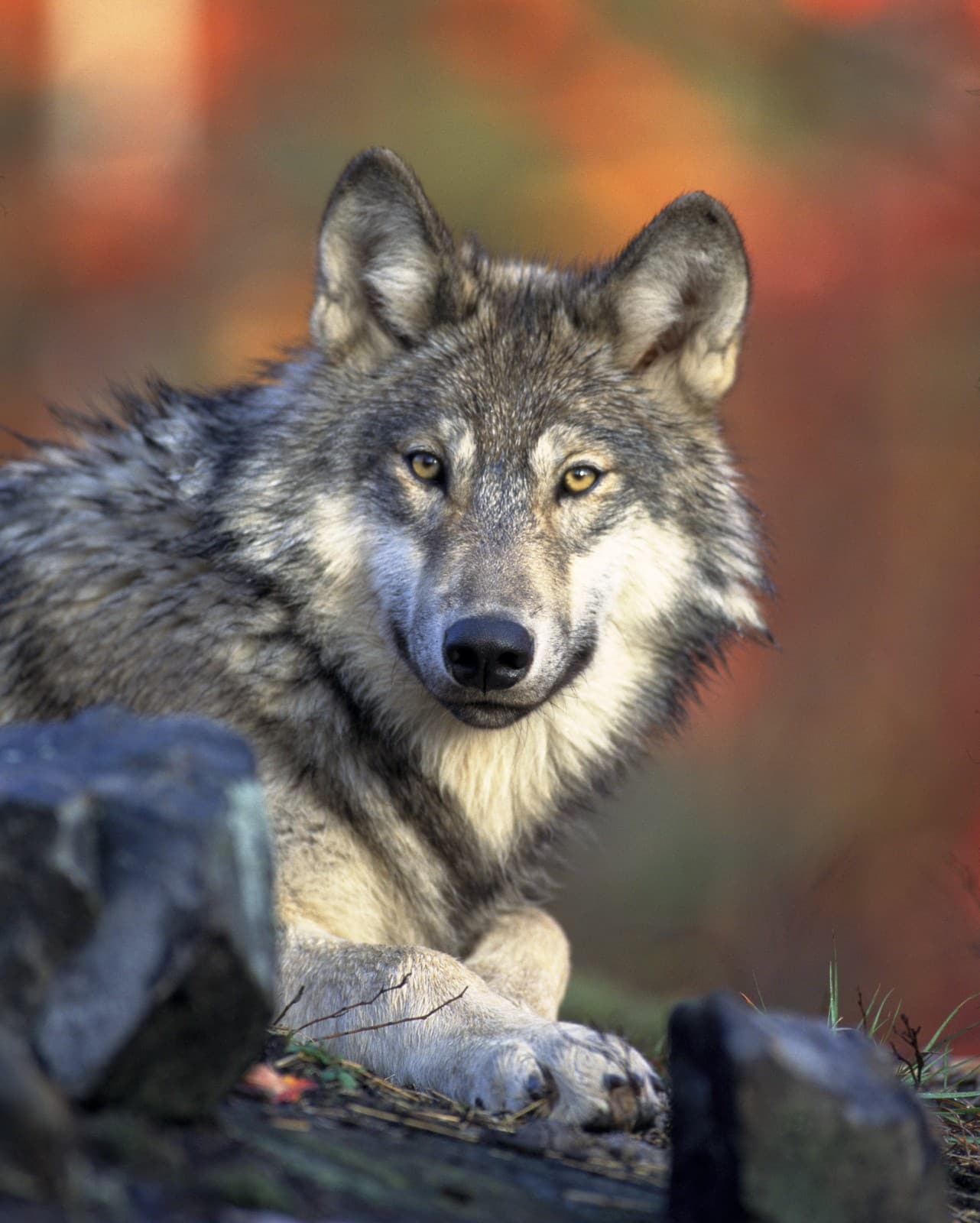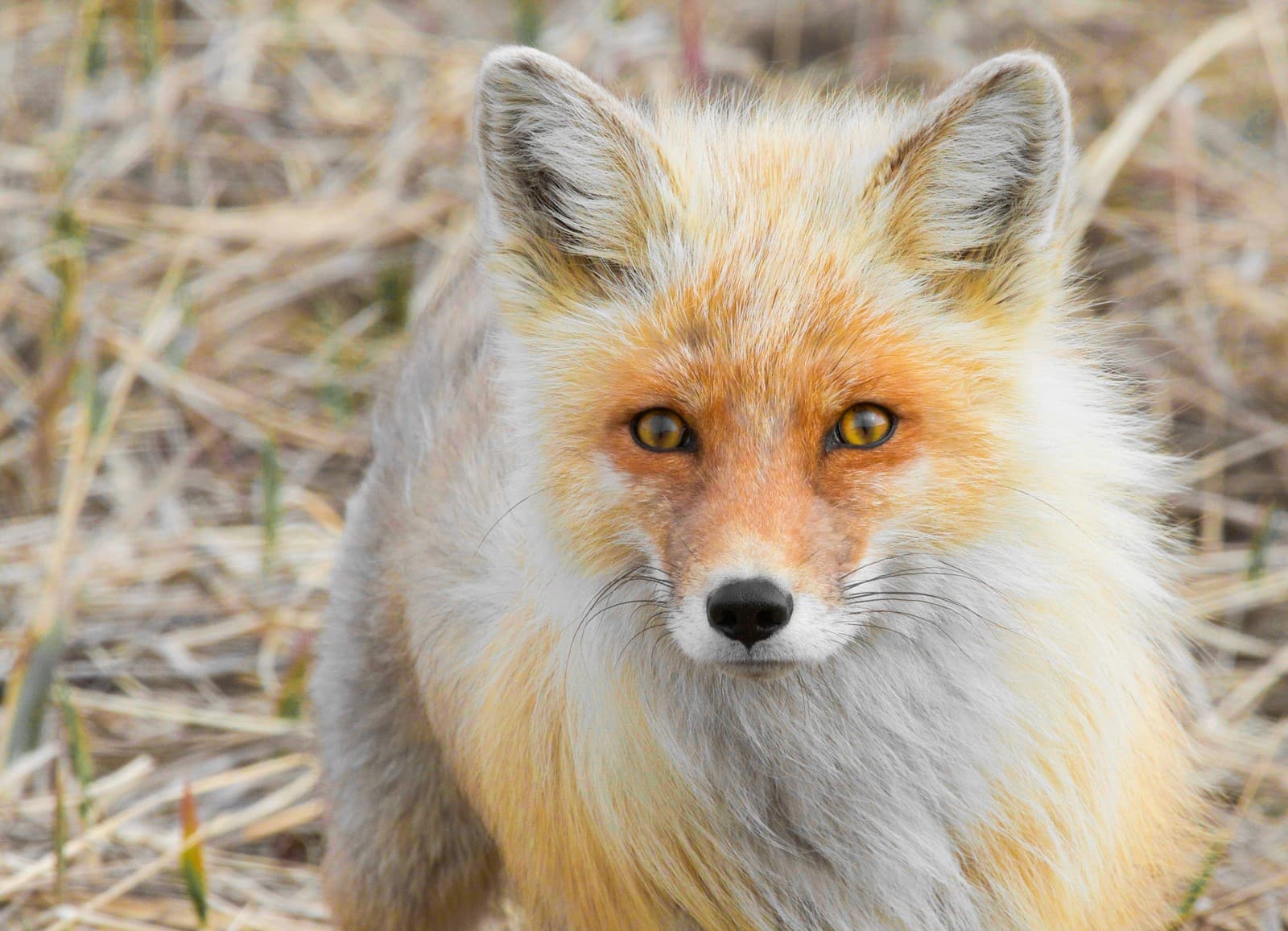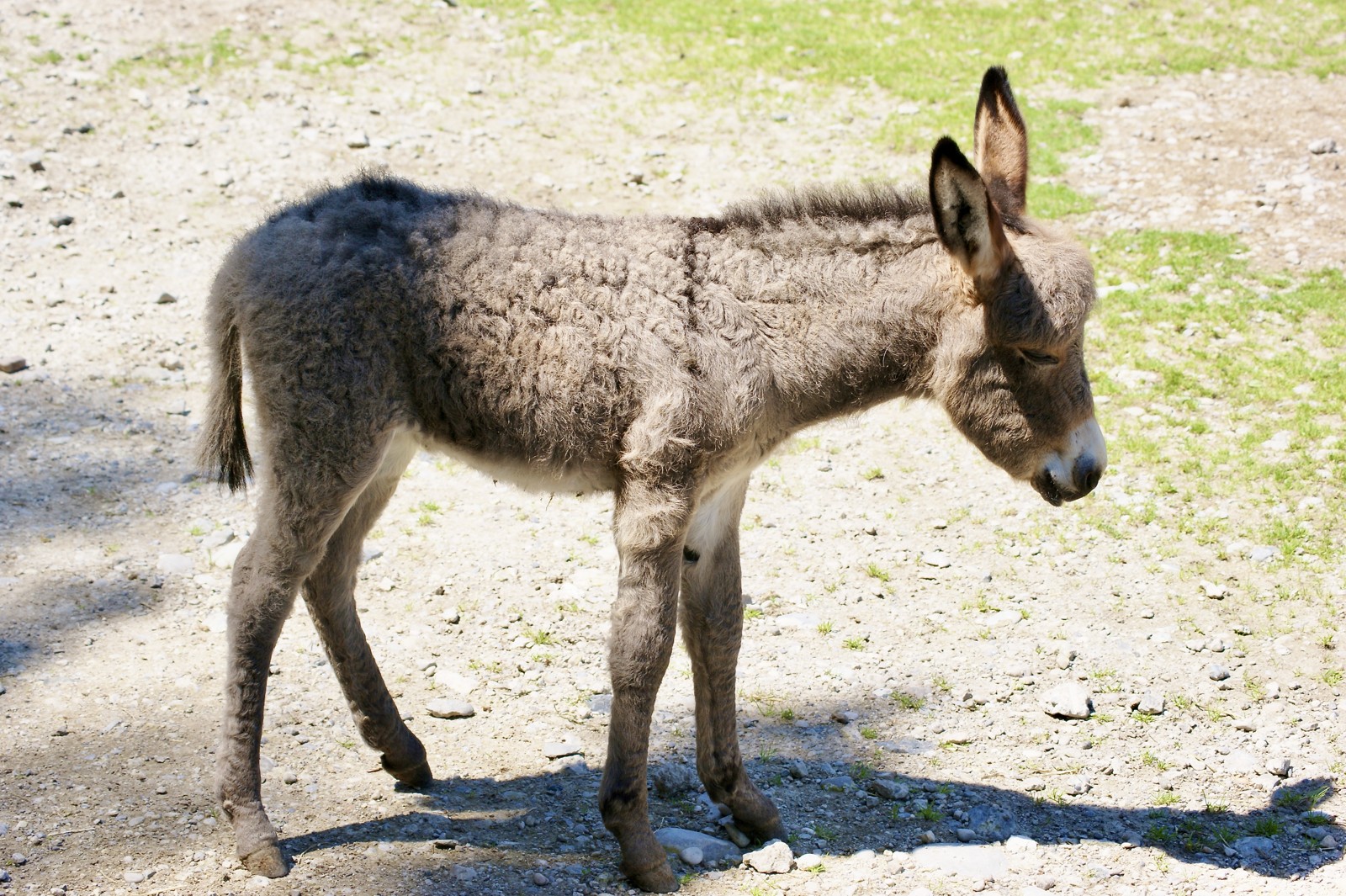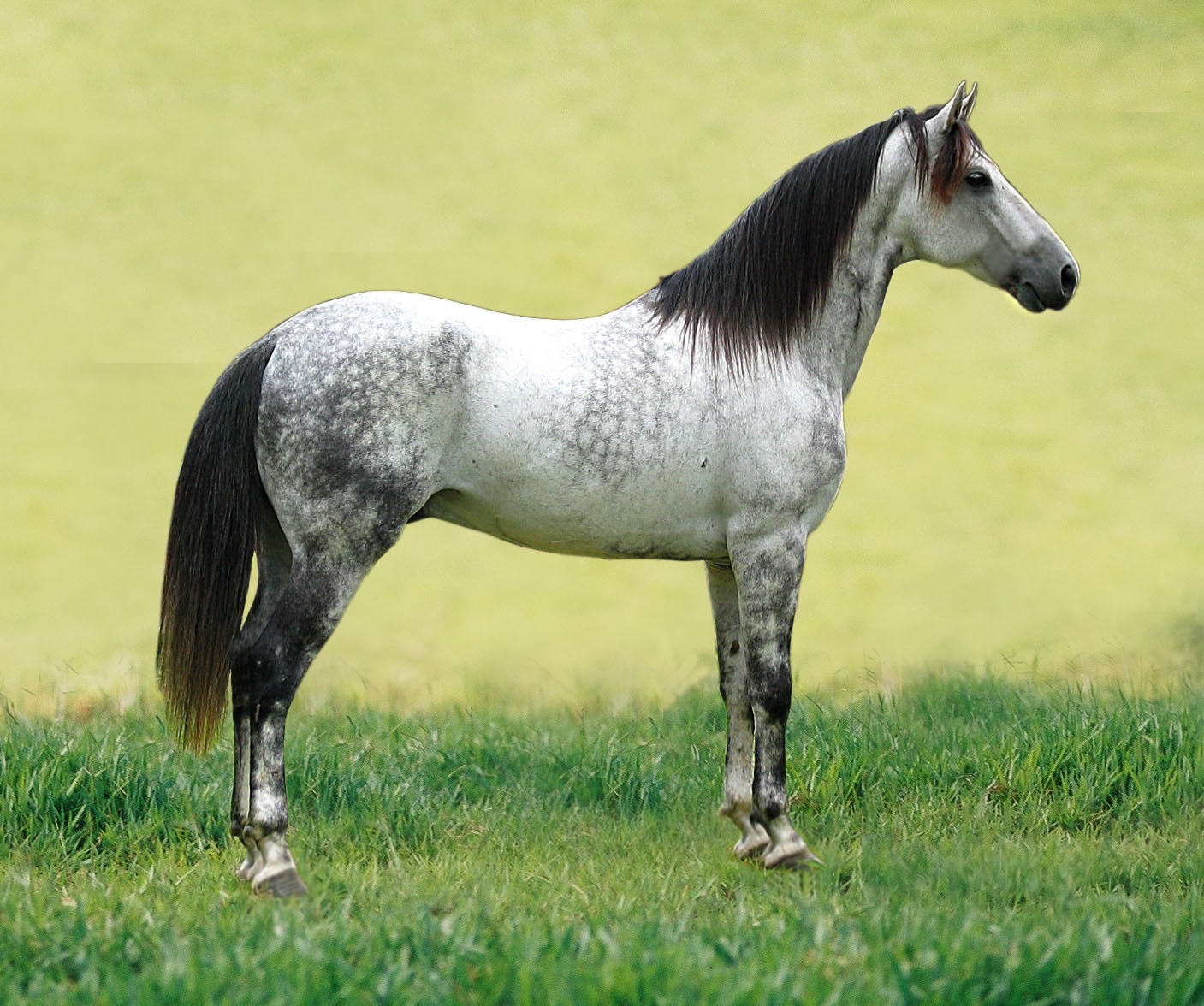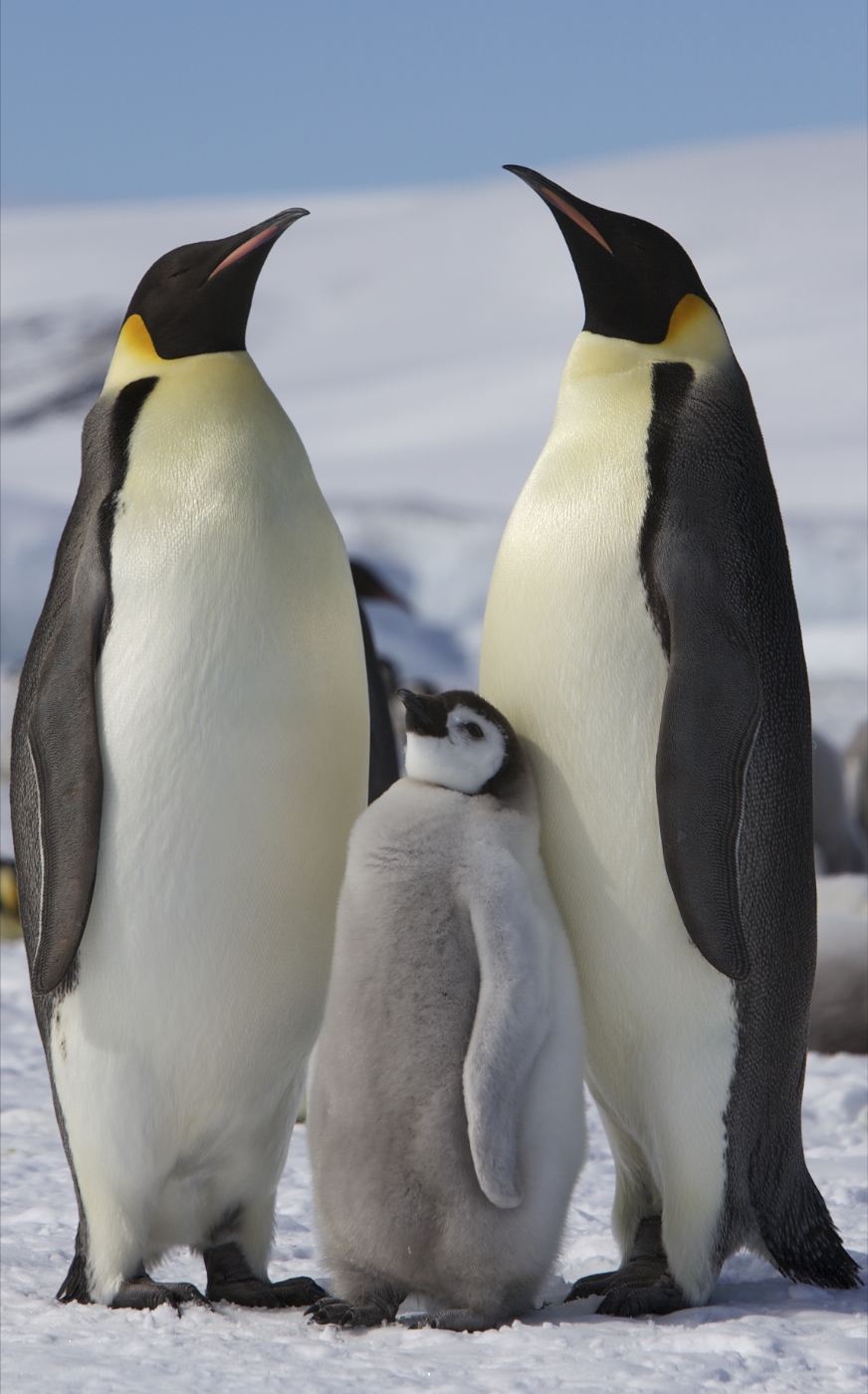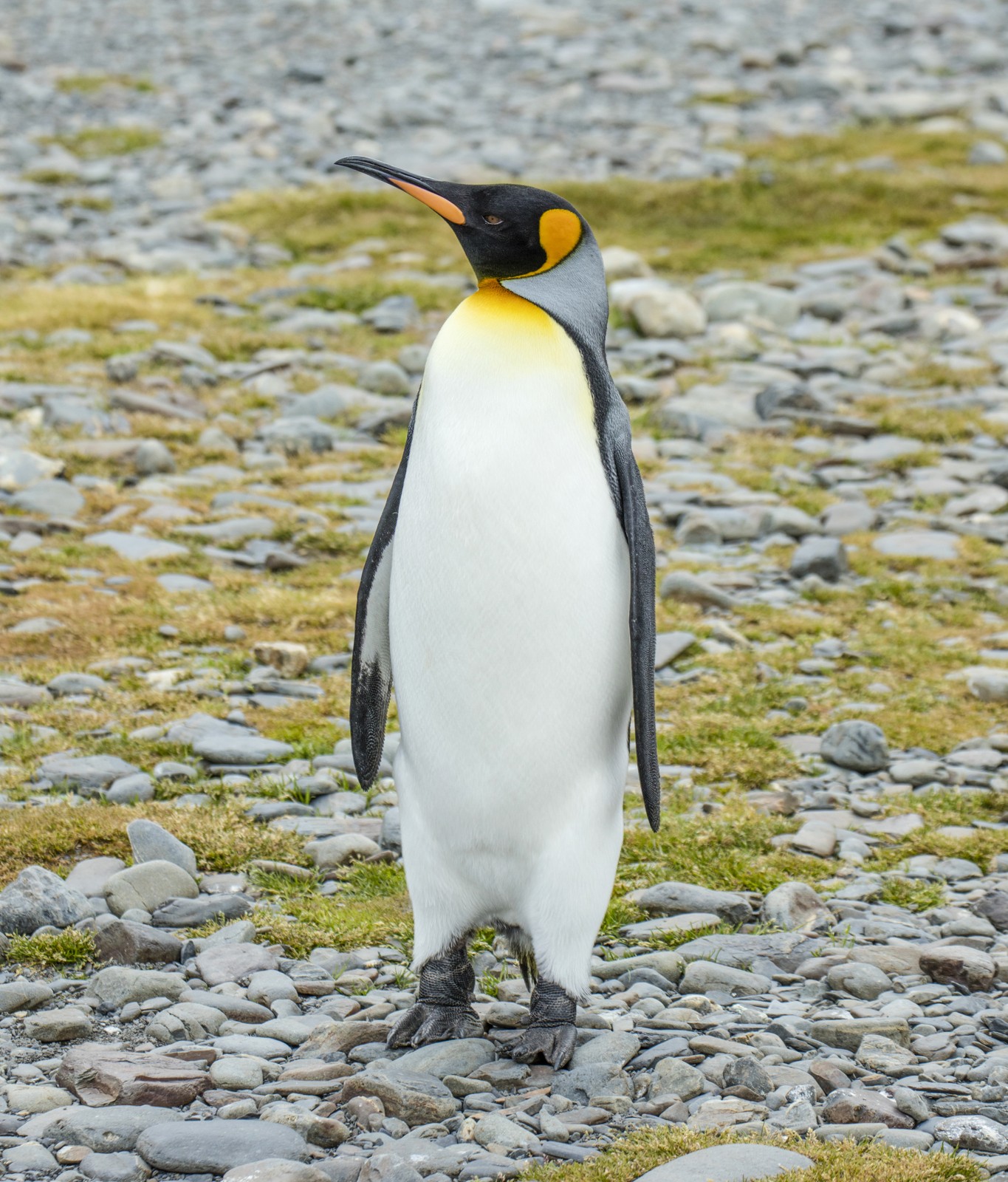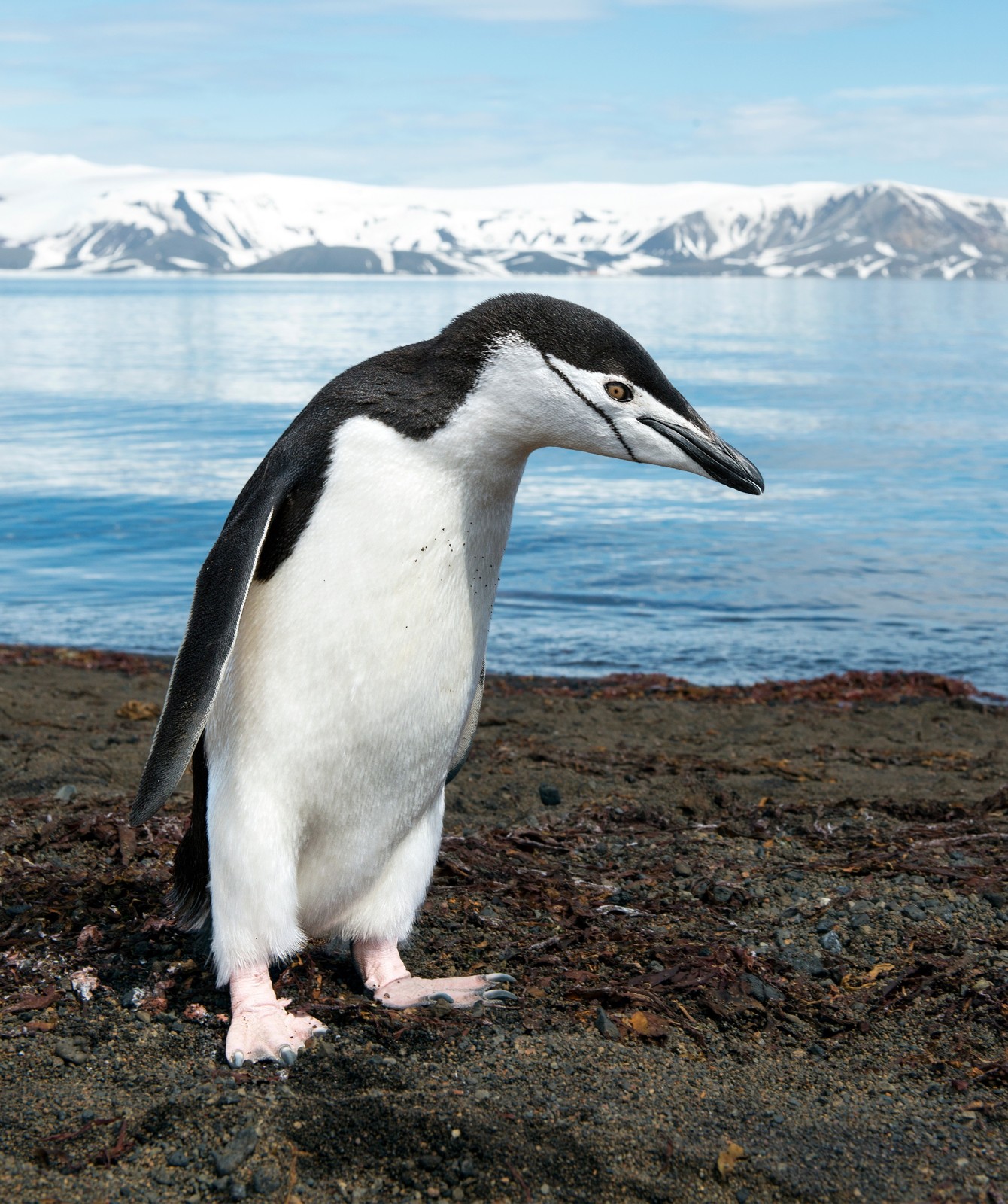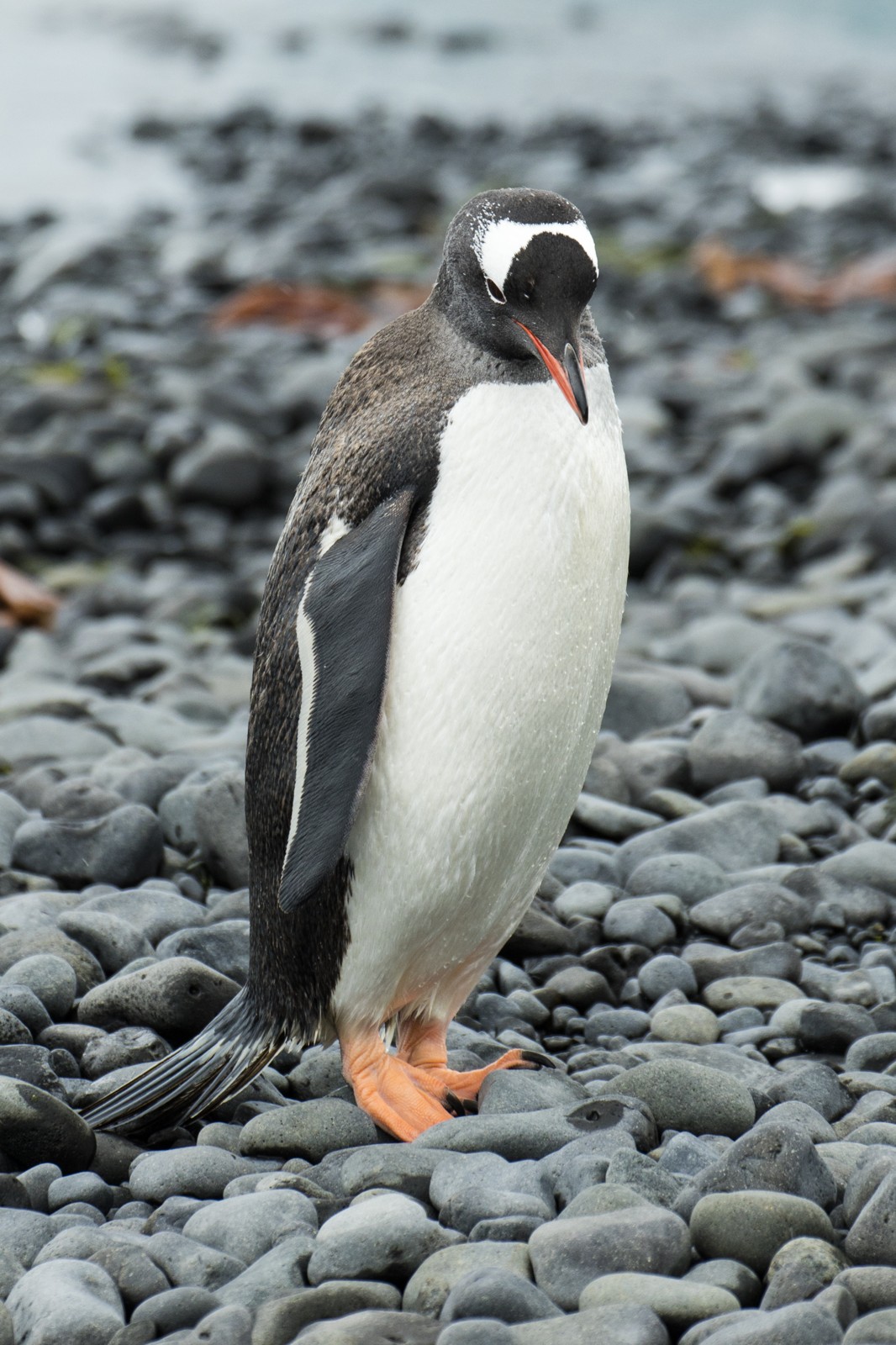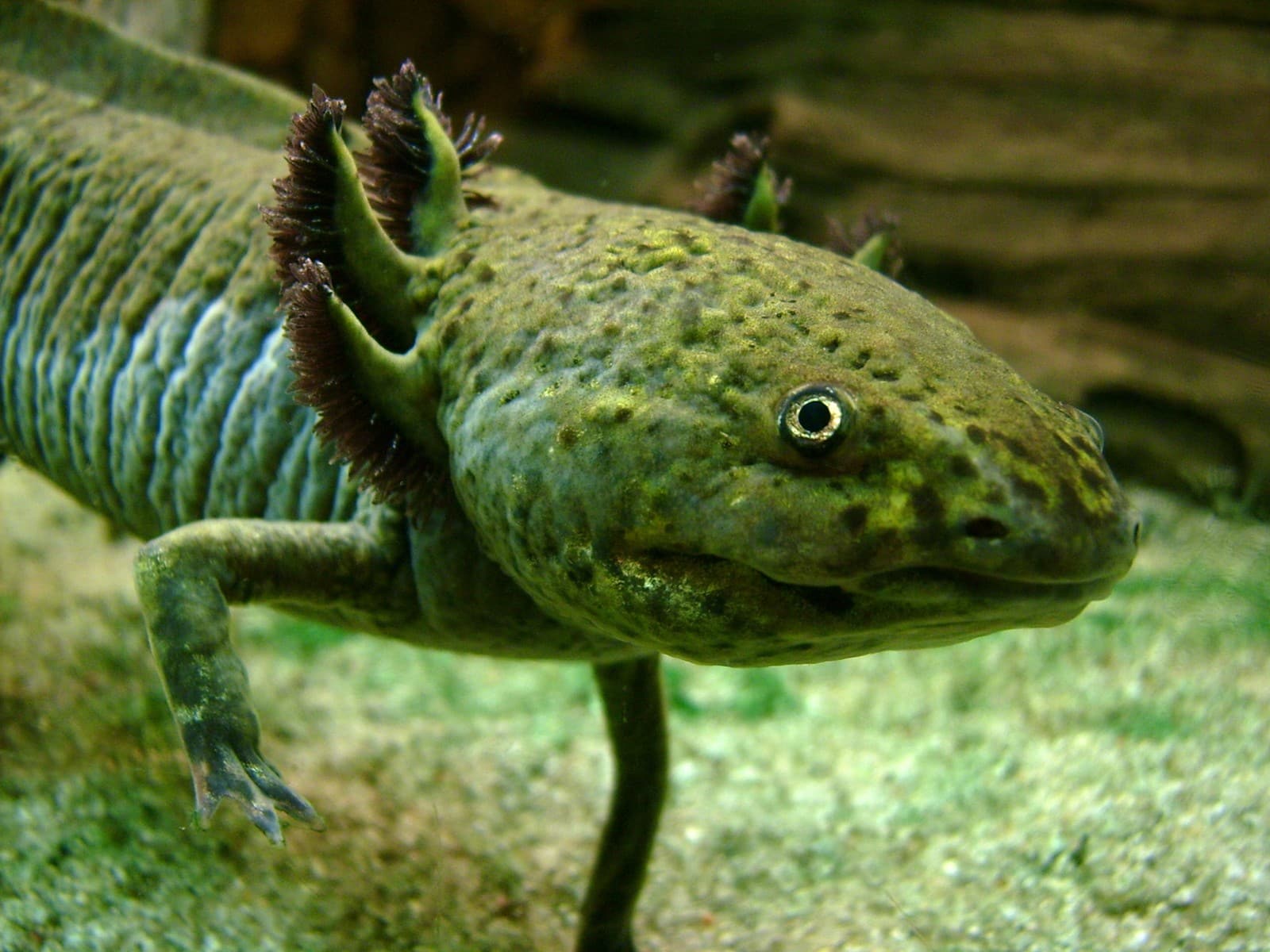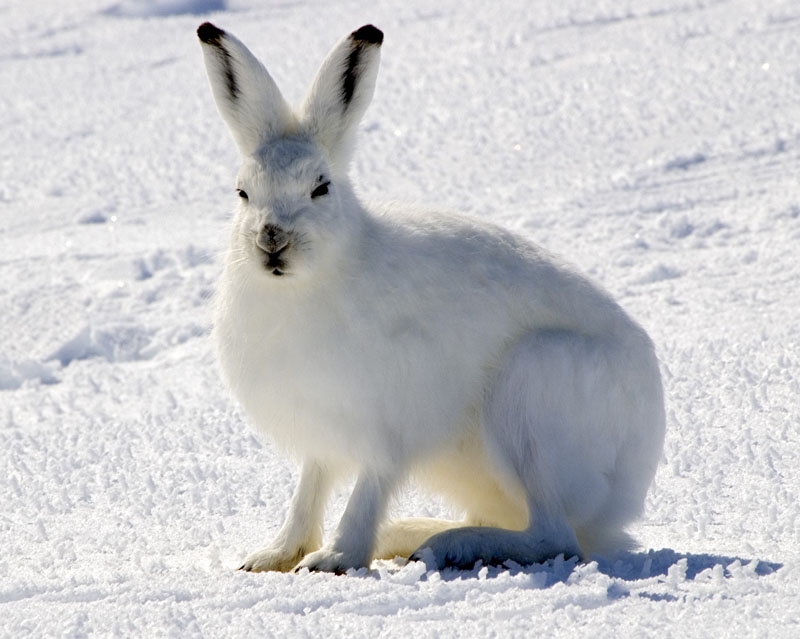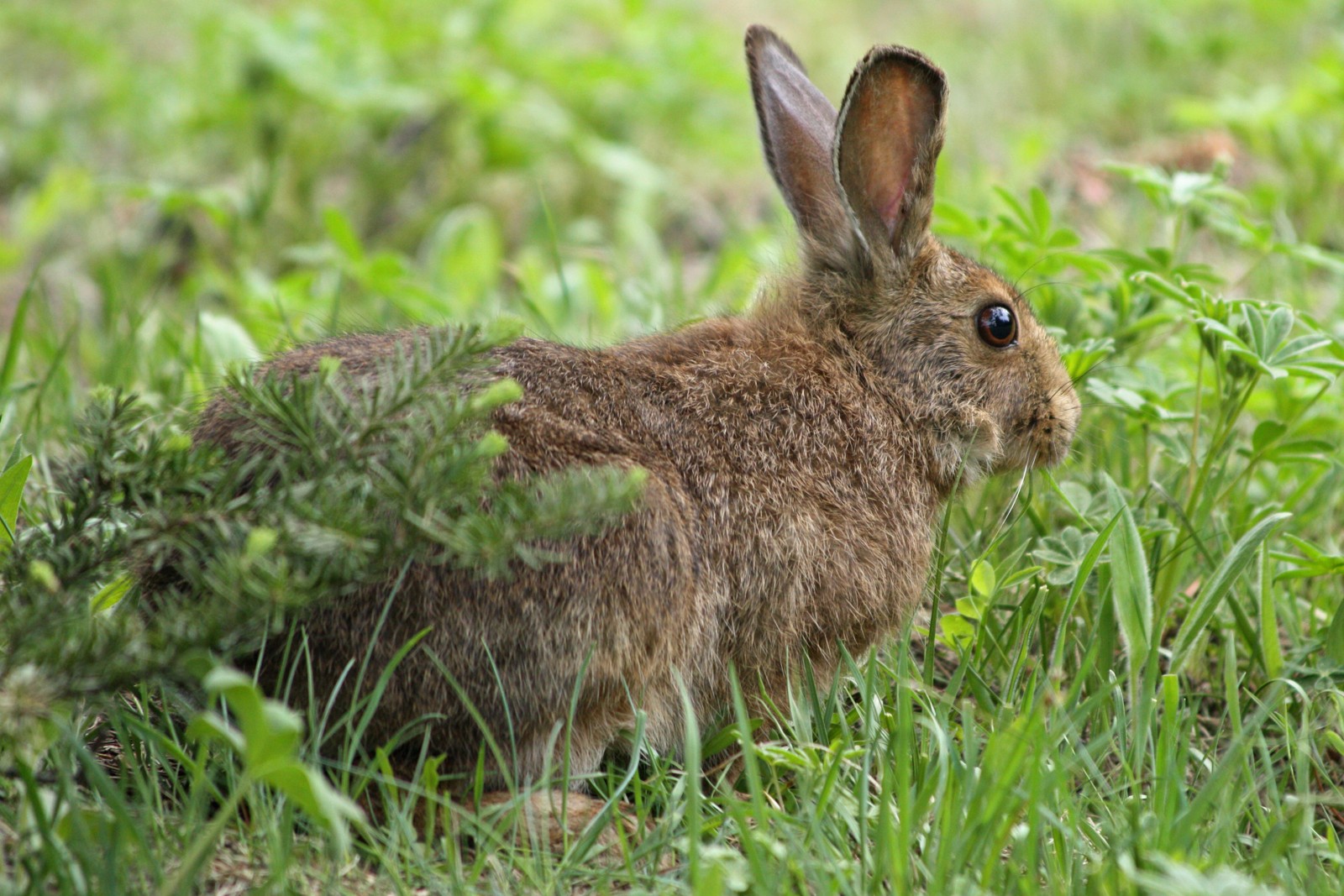Coyote vs Wolf: A Complete Comparison
When comparing coyotes vs wolves, size presents the most striking difference. Gray wolves typically weigh 70-145 pounds (32-66 kg), while coyotes are significantly smaller at 20-50 pounds (9-23 kg). This substantial size difference influences everything from their hunting strategies to their social structures, making them distinctly different members of the Canidae family despite their similar appearances.
As a wildlife journalist who has tracked both species across North America, I’ve observed how these wild canids have adapted to fill different ecological niches. Wolves operate as pack hunters taking down large prey, while coyotes demonstrate remarkable adaptability as opportunistic feeders comfortable in both wilderness and urban environments.
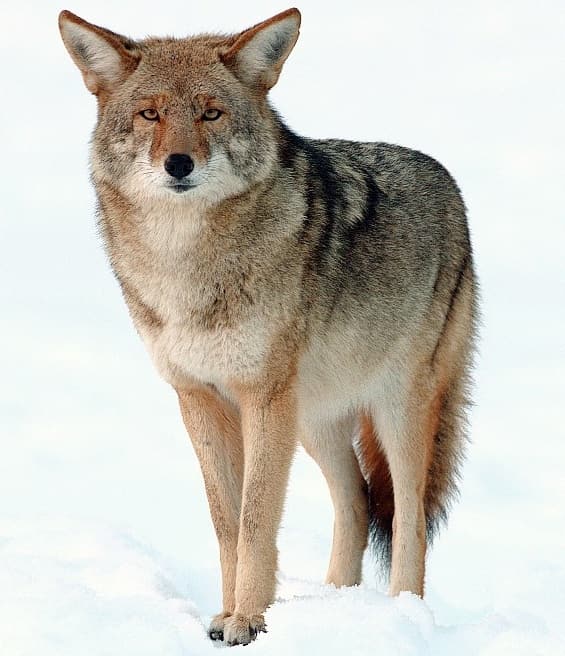
© Yathin S Krishnappa / CC BY-SA 3.0
The coyote’s smaller, more streamlined build reflects its solitary hunting style and preference for smaller prey. Note the distinctive pointed ears and narrower muzzle compared to wolves.
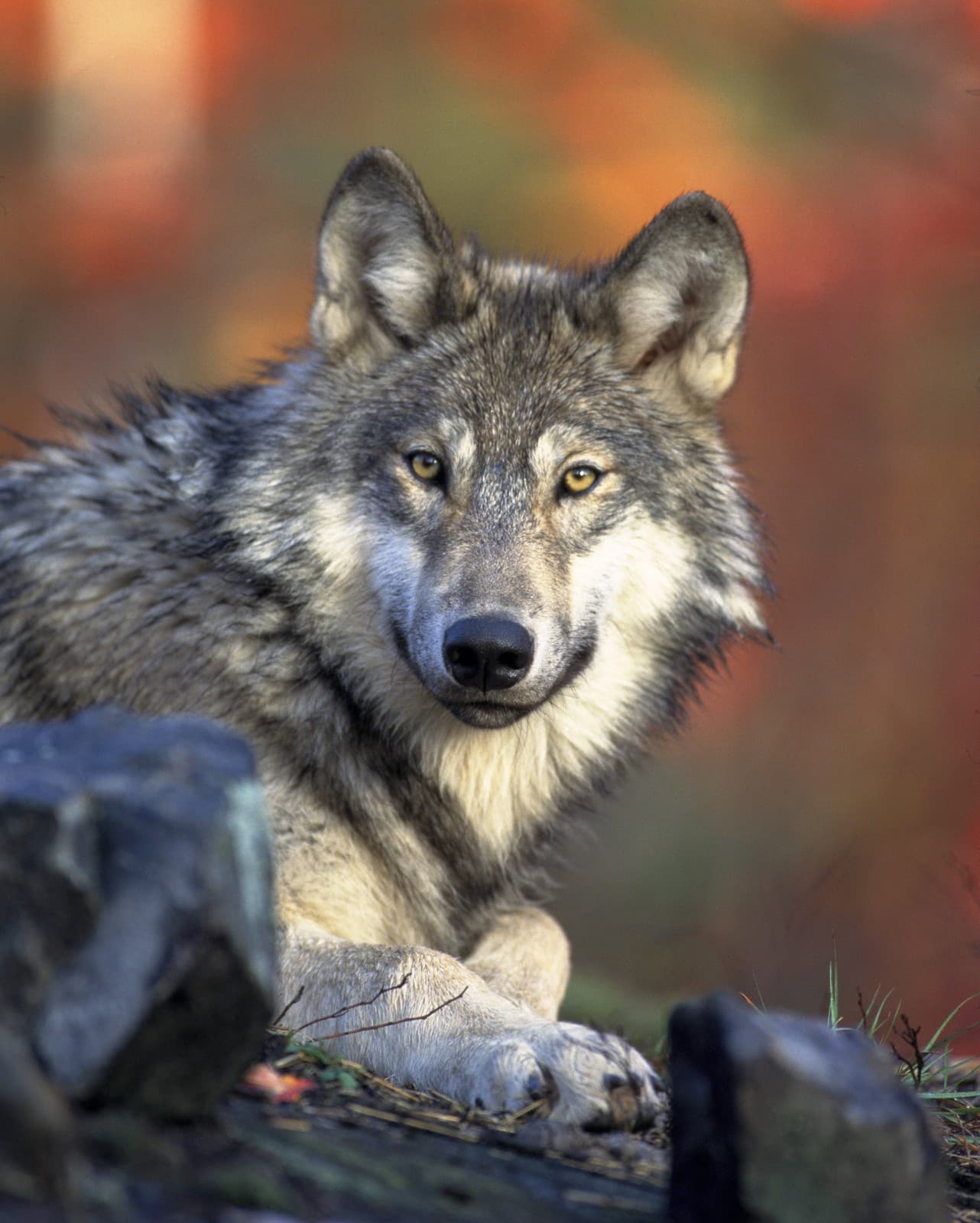
The gray wolf’s broader head, more robust build, and thicker neck ruff exemplify the physical characteristics of pack-hunting predators. These features support their ability to take down large ungulates.
Key Physical and Behavioral Differences
| Feature | Coyote | Wolf |
|---|---|---|
| Weight | 20-50 lbs (9-23 kg) | 70-145 lbs (32-66 kg) |
| Shoulder Height | 23-26 inches (58-66 cm) | 26-32 inches (66-81 cm) |
| Social Structure | Usually solitary or pairs | Complex pack hierarchy |
| Prey Size | Rabbits, rodents, small deer | Elk, moose, deer, bison |
| Territory Size | 4-8 square miles | 50-1,000 square miles |
| Lifespan | 10-14 years | 12-16 years |
Habitat and Range
Coyotes demonstrate remarkable adaptability, thriving in environments ranging from desert to urban areas across North America. Their success in human-modified landscapes showcases their opportunistic nature. Wolves, conversely, require larger, more remote territories with adequate prey populations, typically favoring forested regions and wilderness areas.
Hunting and Social Behavior
Coyote Hunting Strategies
- Primarily solitary hunters
- Focus on small prey like rabbits and rodents
- Use stalking and pouncing techniques
- Occasionally work in pairs during breeding season
- Readily scavenge and adapt to human presence
Wolf Pack Dynamics
- Hunt in coordinated packs of 6-12 individuals
- Use complex strategies to take down large prey
- Maintain strict social hierarchies
- Share hunting responsibilities and pup-rearing
- Defend large territories from other packs
Who Would Win in a Confrontation?
In direct confrontations, wolves hold significant advantages over coyotes due to:
- Superior size and strength (2-3 times heavier)
- Pack hunting advantages
- More powerful bite force (1,500 PSI vs 750 PSI)
- Greater territorial aggression
However, coyotes typically avoid wolf encounters through superior agility and adaptability. Their success lies not in direct competition but in their ability to thrive in diverse environments, including areas where wolves have been extirpated.
Conservation Status and Human Impact
While both species face challenges from habitat loss and human conflict, their conservation stories differ dramatically. Coyotes have expanded their range despite persecution, while wolf populations required extensive restoration efforts after near-extinction in the lower 48 United States. Today, wolves remain protected in many areas, while coyotes adapt and thrive even in urban environments.
Ecological Role and Impact
Both species play crucial roles as apex predators, but their ecological impacts differ:
Coyote Impact
- Control rodent populations
- Help regulate mesopredator numbers
- Adapt to fill urban predator niches
- Contribute to ecosystem balance in developed areas
Wolf Impact
- Regulate large ungulate populations
- Influence prey movement patterns
- Create trophic cascades affecting vegetation
- Maintain wilderness ecosystem health
Understanding these differences helps explain how these remarkable canids have evolved to occupy distinct ecological niches while sharing North American landscapes. Their continued adaptation and survival speak to the resilience of wild canids in an ever-changing environment.
